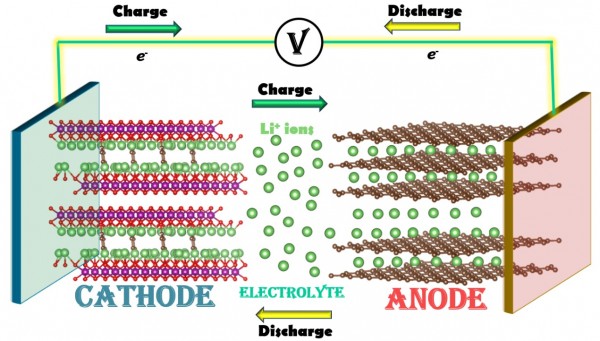Toward Large-Capacity and High-Stability Lithium Storages via Constructing Quinone–2D-MnO2-Pillared Structures
2021
期刊
The Journal of Physical Chemistry C
下载全文

- American Chemical Society (ACS)
- ISSN: 1932-7447
- DOI: 10.1021/acs.jpcc.0c10211
